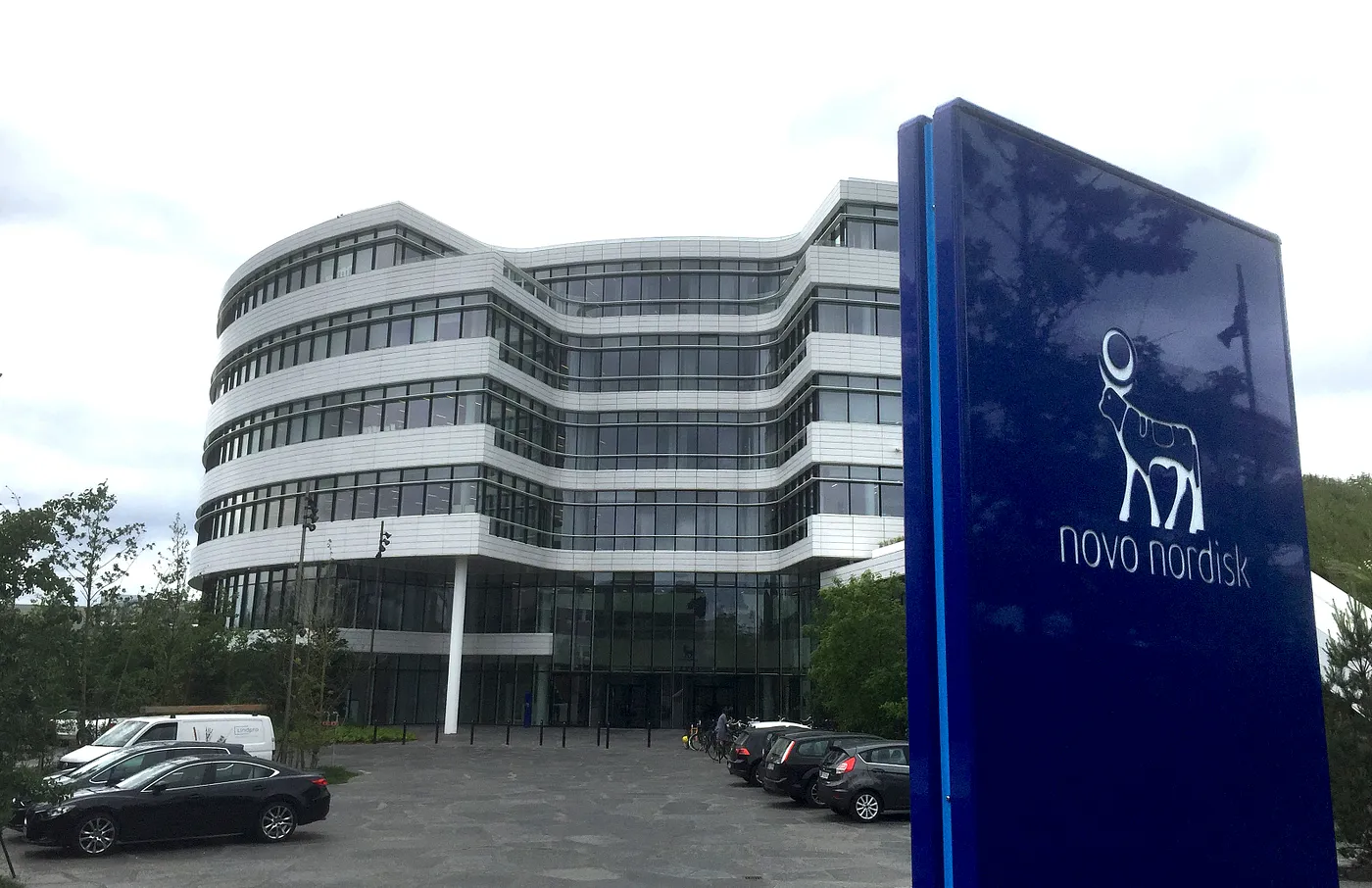The Impact of Novo Nordisk’s Price Increases for Victoza on Pharmaceutical Innovation

Novo Nordisk headquarters in Bagsværd, Denmark
The pharmaceutical industry has long argued that high drug prices are a good thing because the profits from these price hikes allow companies to spend more on research and development to discover and launch the cures of the future.
To test the claim that higher drug prices drive innovation, we gathered data from the industry, individual companies, and the FDA to conduct a counterfactual analysis: what would happen at some of the largest pharmaceutical companies in the world if prices on certain blockbuster drugs had remained constant over the last 10 years?
The following case study examines drug pricing at Novo Nordisk, a multi-national pharmaceutical firm with a focus on diabetes treatment. This analysis is part of a larger study on the impact of pharmaceutical price increases on medical innovation. To read the full study, click here.
Novo Nordisk Case Study
- Headquarters: Bagsværd, Denmark
- Drug Analyzed: Victoza (liraglutide)
- 2021 Company Revenue: $22.4 billion
- 2021 R&D Spending: $2.8 billion
- Other Key Products: Ozempic (semaglutide), NovoRapid (insulin aspart)
Known almost exclusively as a developer of diabetes treatments, Novo Nordisk has a deep history running back to the commercialization of the first insulin in 1923. Since then, the company has developed several biologic drugs to aid in regulating blood sugar and lowering risk of cardiovascular disease that is often concomitant with diabetes.
We analyzed Novo Nordisk’s pricing behavior for Victoza, used to regulate blood sugar as well as weight loss in some patients. From 2011–2017, Novo Nordisk raised the net price on Victoza by more than 32 percent. With the release of the company’s follow-on products to Victoza, the price dropped below its 2011 level by 2020.
Despite most of Victoza’s revenue growth coming by way of prescribing volume, more than 15 percent of the drug’s revenue growth came from price increases, totaling $1.9 billion over 10 years.
If the price of Victoza remained flat since 2011, the loss of $1.9 billion in revenue would have resulted in $263 million less in R&D spending. We estimate that, based on the drug development scenarios used in our analysis, Novo Nordisk spends $8.3 billion in R&D per new drug developed under all specifications. Therefore, the impact to new drug development would be negligible, with 0.03 fewer drugs developed.
The results are further evidence that profit growth driven by price hikes on older, branded, monopoly drugs like Victoza rarely leads to the development of innovative new medicines.



 ">
">